21 Kayak Fishing Tips and Techniques for Beginners
Embarking on the thrilling adventure of kayak fishing tips? You’re in for an exciting journey! In this guide, we’ve rounded up 21 essential tips and techniques tailored for beginners.
Whether you’re navigating your kayak through tricky waters or aiming to reel in your first catch, these tips will pave the way for a successful and enjoyable Kayak Fishing Tips experience. Get ready to master the art of paddling and fishing simultaneously with our beginner-friendly advice!
Kayak Fishing Tips for Beginners – YouTube
Tip 1: Start with a ClearedKayak
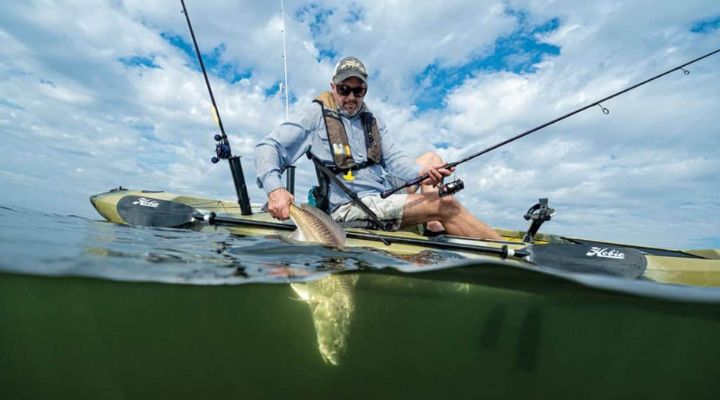
You need a lot of stuff for kayak fishing. But the most important thing is your kayak. You need to learn how to use your boat well before you go fishing. This means you need to go paddling without your fishing stuff. You just need your kayak, your paddle, and your PFD.
Then you go to the water. There, you need to practice how to move your boat in the wind and the water. You also need to practice how to flip your kayak and get back in by yourself. These skills are very important if you want to have a good time fishing on the water.
Tip 2: Check Local Fishing Reports
Fishing reports are really important for kayak anglers when planning where to fish. Good fishing reports give you useful information about:
- Where the fish currently are
- What types of fish are biting
So it’s a good habit to regularly check the fishing reports for your local area. This helps you stay updated on conditions throughout the fishing season. If you are traveling somewhere new to go kayak fishing, read that area’s recent fishing reports too. Doing this gives you an idea of what to expect before your trip.
The reports help you know things like:
- What fish species you might catch
- Where the fish are biting more right now
- What bait or lures are working best
Checking the reports means you can plan the best places to kayak fish on your upcoming trip. Let me know if you need any part of this summary explained more!
Tip 3: Plan Your Route in Advance
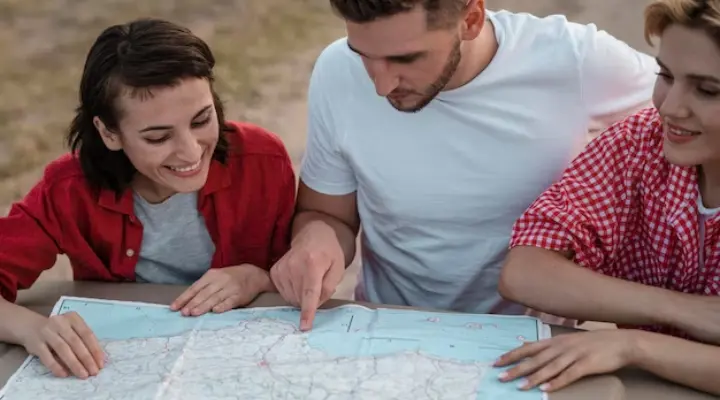
When planning a Kayak Fishing Tips, don’t overlook choosing your route.
It’s tempting to just say “I’ll paddle from Point A to Point B” and leave it at that. But that won’t set you up for success.
On the other hand, deciding “I’ll figure out the route when I get there” isn’t a good idea either.
The best thing is to thoroughly plan your route ahead of time. Of course, things won’t go exactly as planned once you’re on the water. But getting to know your chosen route and having backup options ready will help ensure your trip goes smoothly.
Some tips for planning your route:
Taking time to plan your Kayak Fishing Tips route will make for a much more enjoyable, successful trip.
Tip 4: Consider Your Clothing Choices
Your clothes can make your paddling good or bad. With the right clothes, you can be cool, comfy, and ready to paddle. With the wrong clothes, you might not have fun in the water.
So, what should you wear when you fish in your kayak you should protect your skin first. The sun can be strong on the water, so you need clothes that block the sun, sunscreen, a hat, and sunglasses.
Tip 5: Always Wear a PFD
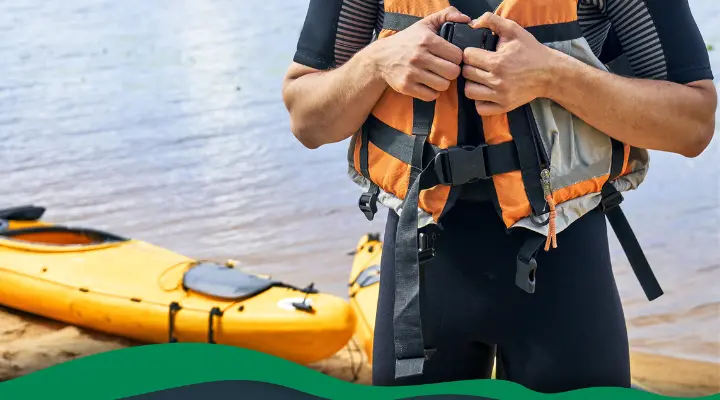
Wearing a personal flotation device (PFD) while kayaking is extremely important for safety, even if it isn’t the most fashionable. You’ll probably see some people paddling without PFDs, especially in summer. But accidents can happen at any time, even on nice days. A PFD could save your life if you capsize.
It may feel more comfortable to take your PFD off when paddling. But it’s best to wear it at all times for safety. You never know when you might need it.
While a PFD might not look cool, it provides protection you can’t afford to be without. It’s better to be safe than sorry. So always wear your PFD – it could end up saving your life.
Tip 6: Pay Attention to the Weather
The weather can change quickly when you’re on the water. Your relaxing fishing trip can suddenly turn epic. So it’s important to stay on top of the weather while kayaking.
Before leaving home, check the local weather forecast. Also, watch for changing conditions as you paddle.
It’s a good idea to bring a VHF handheld radio if you’ll be on coastal waters.
In the US, the National Weather Service gives continuous weather reports on VHF channels. A radio lets you listen for updates on local weather while paddling.
Other tips for staying ahead of the weather:
- Note the wind speed and direction – adjust your route if needed.
- Watch for approaching storm clouds – head to shore if a storm is coming.
- Learn to read wave and water patterns – this can indicate weather changes.
- Pack rain and wind protection clothing.
- Tell someone your planned route and expected return time.
Keeping tabs on the ever-changing weather is key for safe and enjoyable kayak fishing. A VHF radio and paying attention to forecasts and conditions will help you stay one step ahead.
Tip 7: Bring Bug Spray
Bugs can ruin a paddling trip. Lakes and rivers often have lots of biting insects. This makes paddling uncomfortable when the bugs attack you.
The solution is bug spray. Bring bug spray on every paddling trip in case bugs are bad. Apply it before you get in your kayak. You can also buy bug-repellent clothing. Look for shirts and pants treated with permethrin. This will keep bugs off your skin. Wear sun shirts with bug resistance on hot, buggy days.
The main points are:
Bugs are annoying when paddling on lakes and rivers.
Bring bug spray and apply it before paddling.
Special bug-repellent clothing can help too. Wear on buggy days.
Tip 8: Avoid Overloading Your Kayak
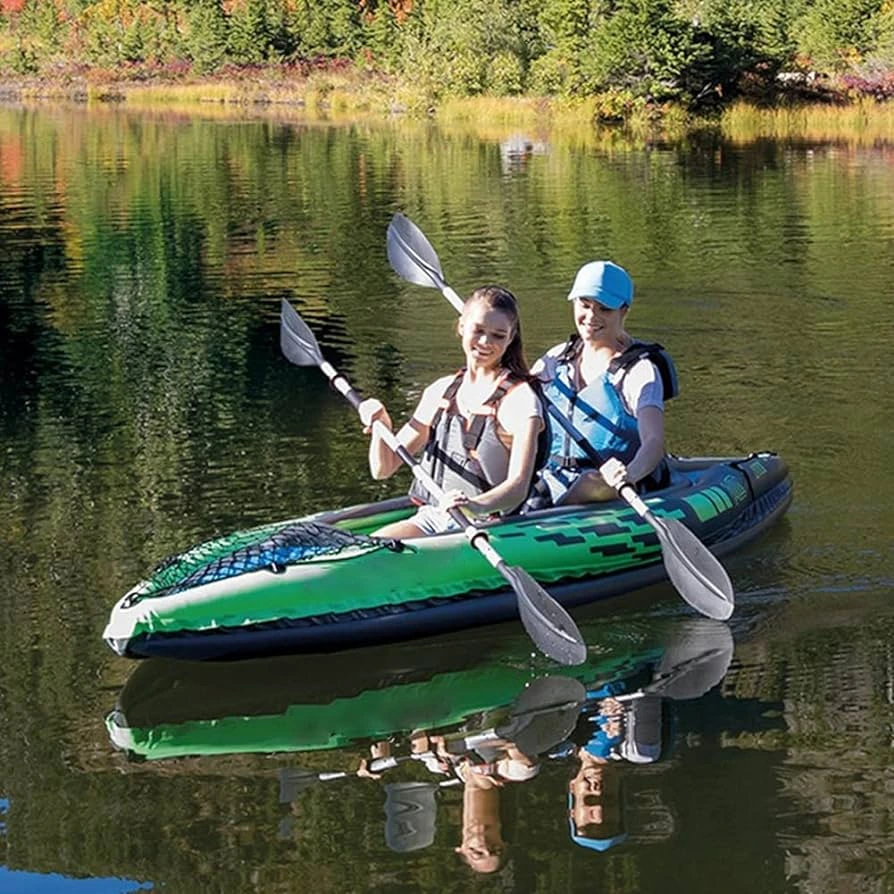
Kayak Fishing Tips needs a lot of gear, so you might put too much stuff in your kayak. You should not fill your kayak more than 80% of its weight limit. For example, if your kayak can hold 500 lbs, you and your gear should weigh less than 400 lbs to paddle well.
So, be careful about what you take with you, so your kayak is not too heavy. Also, remember that, if you keep the fish you catch, you will have more weight in your kayak at the end of the day. So, start with you and your gear weighing less than 70% of your kayak’s weight limit.
Tip 9: Stay Organized
Kayak Fishing Tips requires a lot of gear. So staying organized is important. Start by setting up a system before you get on the water. Installing a tracking mount to hold your fish finder, GPS, etc can help. Having a well-organized tackle box is also good.
The key is finding an organizational method that works for you. What works great for one angler may not for another. Take time to try different setups until you get something that fits your fishing style. Things to consider are:
Tip 10: Leave Your Expensive Fishing Rods
If you just got some nice new fishing rods, you’ll be excited to use them when kayak fishing. But it’s best to leave expensive rods at home, at least at first.
When you’re new to kayak fishing, you’ll have a lot to focus on – balancing, paddling, landing fish, etc. Adding the stress of damaging pricey gear won’t help. Until you get comfortable with all the logistics of kayak fishing, use cheaper rods you won’t mind getting a bit banged up.
Once you’ve got your systems dialed in and feel stable on the water, then bring your prized rods on future trips. For now, inexpensive gear is the way to go while you build experience. Kayak Fishing Tips is an amazing sport, but there’s a learning curve.
Tip 11: Secure Your Gear
Whether you’re out on a lake, river, or the ocean, the last thing you want is for your fishing gear to fall off while you’re paddling. The wind and waves can make it tricky to keep everything in check.
So, it’s super important to make sure your gear is secure. When possible, lock it up in a hatch or tie it down on the boat deck. For things like rods that you don’t want to tie down, always put them in dedicated rod holders instead of just leaving them on the boat deck. Trust me, you’ll be glad you took these steps.
Tip 12: Practice Paddling With One Hand
When you kayak fish, you have to do many things at once. One of these things is paddling with one hand.
You don’t need to paddle with one hand for a long time. But, you need to know how to move and steer your kayak with one hand to stay in place while you fish. The secret is to practice. Paddling with one hand is hard, so practice a little bit every time you go out. Soon, you will be able to do it easily.
Tip 13: Learn to Cast One-Handed
You can cast with two hands, but it’s better to cast with one hand. That way, you don’t have to keep putting your paddle away every time you want to fish. This might not sound like a big deal, but it will save you a lot of time and energy on the water. And more time and energy means more chances of catching fish.
Tip 14: Use a Paddle Leash
You need your paddle to move your kayak, so you don’t want to lose it. That’s why you should use a paddle leash when you fish from your kayak.
A paddle leash is a cord that ties your paddle to your kayak. It stops your paddle from floating away when you are busy fishing. This is very useful for kayak fishers who need to put their paddles down sometimes.
So, get a paddle leash before you go fishing again. It will make you feel better knowing that your paddle is always with you.
Tip 15: Keep a Knife Nearby

A knife is a really important tool for anyone spending time outdoors, especially when kayak fishing. It’s something you should always have with you.
Make sure your knife is easy to reach. If it’s stuck in the back of your Kayak Fishing Tips, it won’t help much when you’re dealing with fishing lines. Think about getting a knife holder for your life jacket, so your knife is always close by when you’re on the water.
Tip 16: Use the Current to Your Advantage
The current can make paddling hard. But, you can use it to help you, not hurt you.
One way is to drift smartly by moving your kayak with a few paddle strokes. This can make your paddling easier.
Another way is to use a drogue (also called a sea anchor or drift sock) to keep your kayak steady in the water. Drogues won’t stop your kayak like an anchor, but they can slow it down and make it more stable in the current.
Tip 17: Don’t Forget About Your Anchor
Anchors aren’t just for big ships! They’re handy for kayaks too, especially if you’re fishing and want to stay in one spot. No more paddling like crazy to keep your line straight! Just toss out a small, foldable anchor and relax.
Think of it like a leash for your kayak, but less embarrassing (hopefully). It’ll keep you put even if the fish are shy or the current’s strong. Just remember to practice using it before you head out to the middle of the ocean.
Here’s a quick rundown of how to anchor your kayak like a pro:
- Get the right anchor: A small, foldable one is perfect.
- Find a good spot: Look for sandy or muddy bottoms where the anchor can grab hold.
- Toss it out!: Let out some rope and drop the anchor overboard.
Tip 18: Stay Visible
You need to be seen when you are on the water. You should always watch out for other boats (I will tell you more about that later), but you also need to make sure they can see you. Sometimes, you might be busy with Kayak Fishing Tips or planning and not notice another boat coming.
So, you should wear bright clothes when you are paddling. You can also put some shiny tape on the front and back of your boat. This can help when it is dark. A light for your kayak is also good.
But, even just wearing bright colors can help a lot. The idea is to look different from the water and the land so that others can see you, even if you are busy with fishing.
Tip 19: Stay Hydrated
You need to drink water when you are active outside, especially when you are Kayak Fishing Tips. The hot sun on the water can make you lose a lot of water from your body, so you need to drink water often if you want to enjoy paddling.
But, it can be hard to do fishing, kayaking, and drinking water at the same time. So, you need to plan how to drink water before you go on the water. One easy way to drink water is to bring some water bottles with you.
But, if you don’t want to stop fishing or kayaking to drink water, you can use a hydration bladder instead. This is a bag of water that you can put behind your kayak seat and drink from a tube as you paddle.
Tip 20: Lookout for Other Boats
You need to follow some rules Kayak Fishing Tips when you are on the water. The most important rule? Always watch out for other boats. This rule is not only for big ships but also for you as a kayaker.
You don’t want to crash into a motorboat, because they are faster and stronger than you. So, you need to look around for other boats all the time. That means that if you see a boat coming, you need to pay attention to it.
Even if the boat is not heading towards you, it can still make big waves that can surprise you if you are not careful. So, always know what is happening around you, especially if there are many boats on the water.
Tip 21: Want Great Photos? Use a Camera Mount
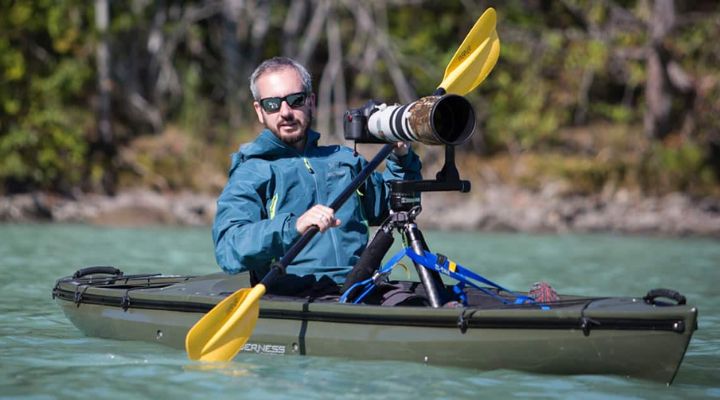
You can take photos of your Kayak Fishing Tips and show them to your friends and family. But, you have a lot of things to carry, so it is hard to use a phone or a camera for taking photos on the water.
What can you do? Use a camera mount. A good camera mount can let you take photos of your fun times on the water, and also protect your device as you paddle. Many kayak camera mounts are for action cameras like GoPros, but you can also find some that work with smartphones.
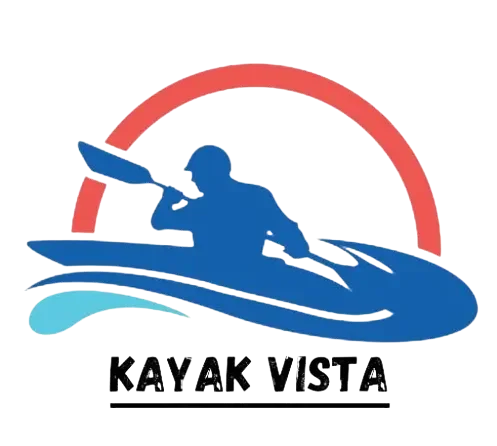
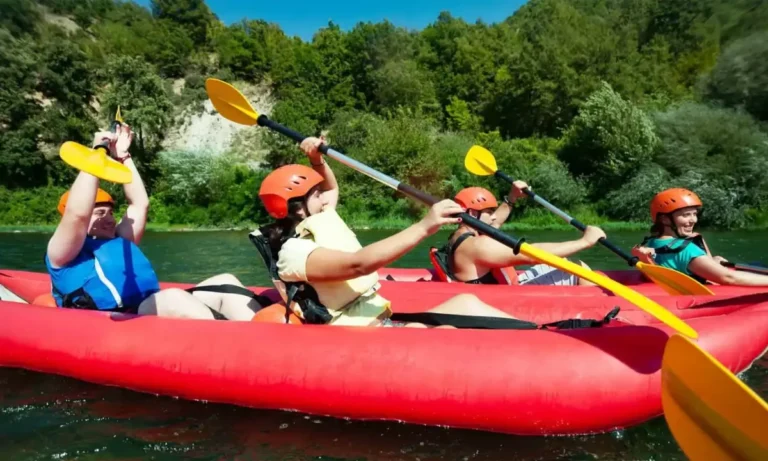
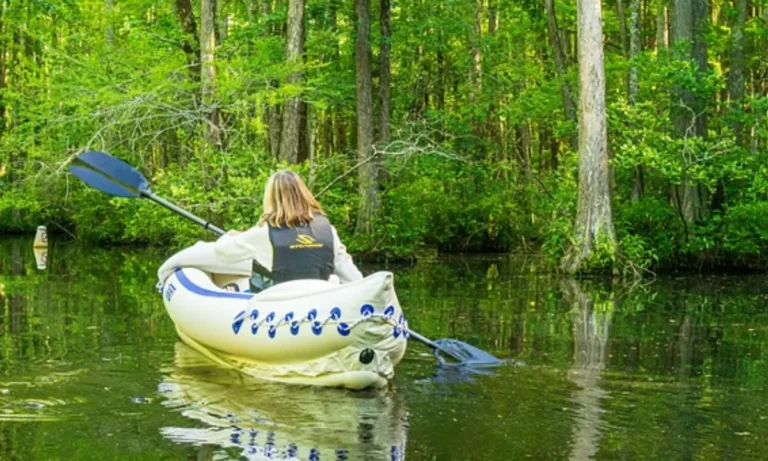
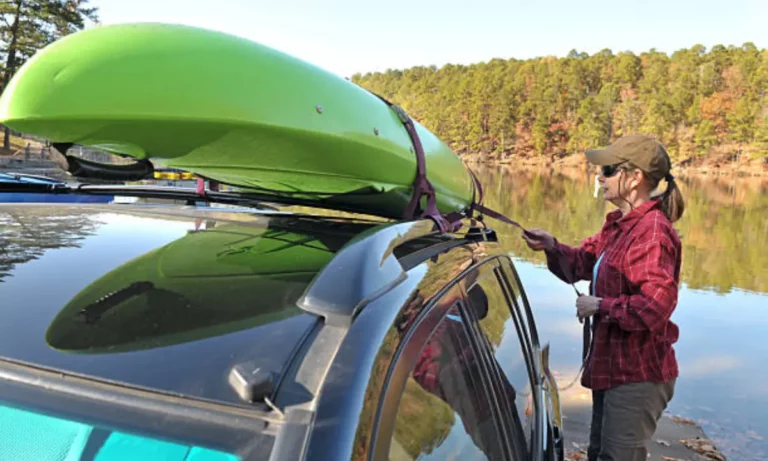
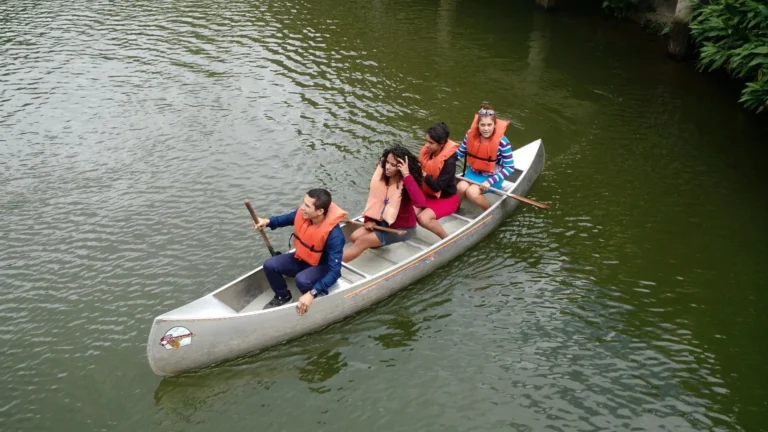

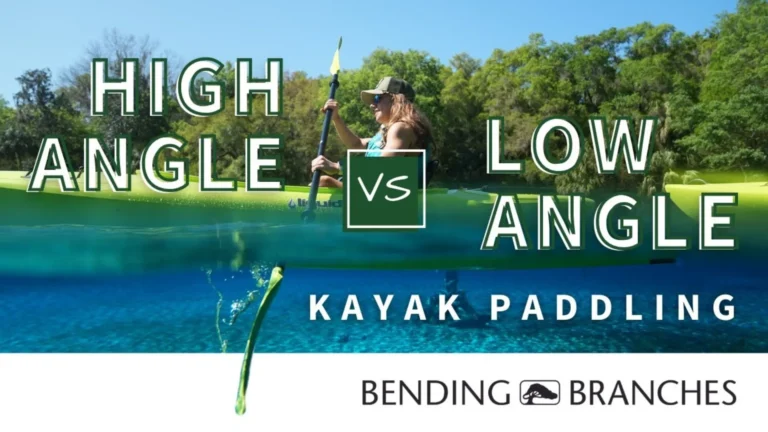
I don’t think the title of your article matches the content lol. Just kidding, mainly because I had some doubts after reading the article.